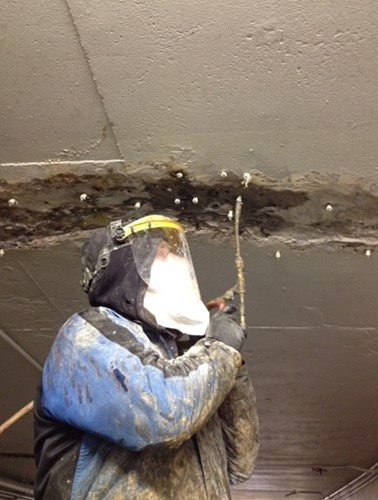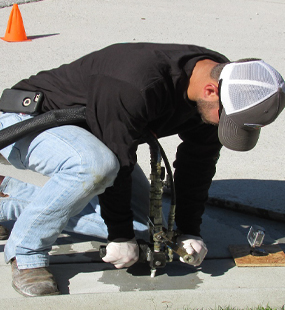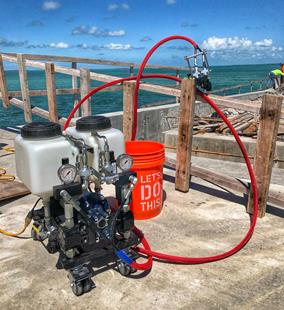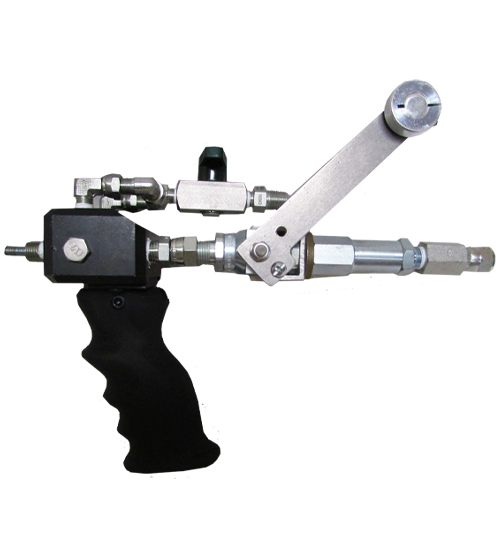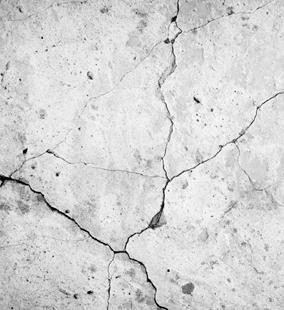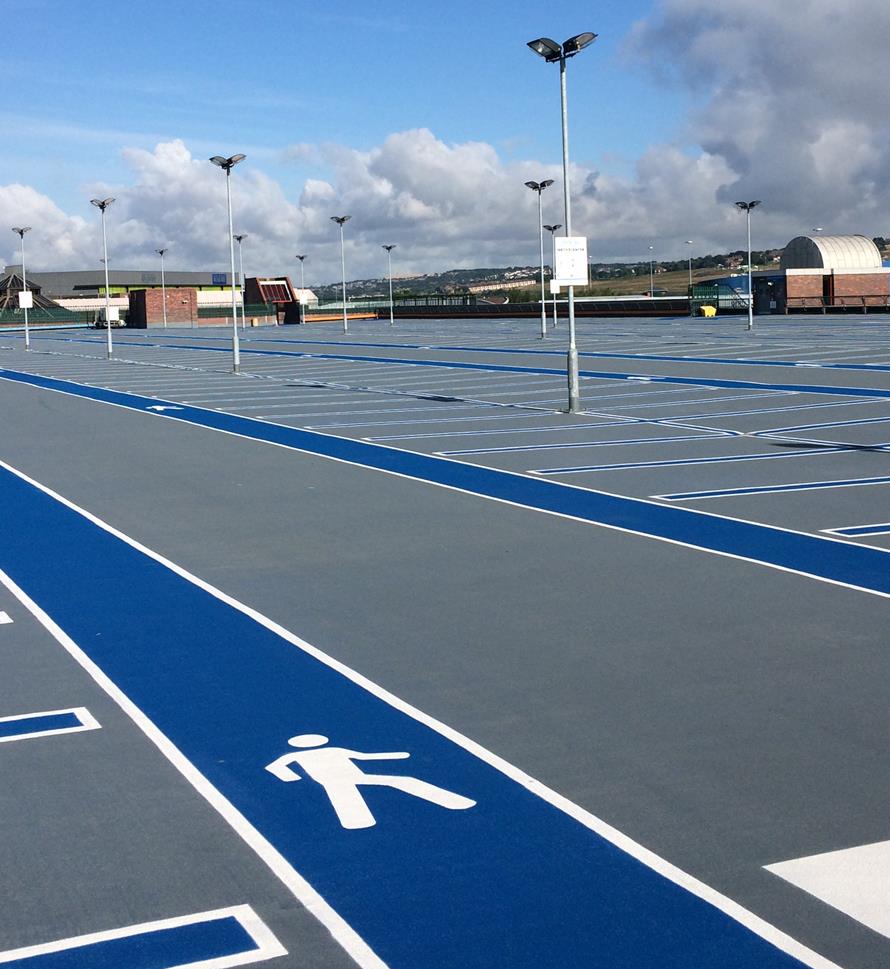
- Home
-
Solutions
-
Leak Seal
Seal leaks in concrete or masonry with crack injection and curtain grouting of our Prime Flex polyurethanes and AR acrylate resins. Prime Resins offers superior solutions for stopping leaks in every type of environment.
Read More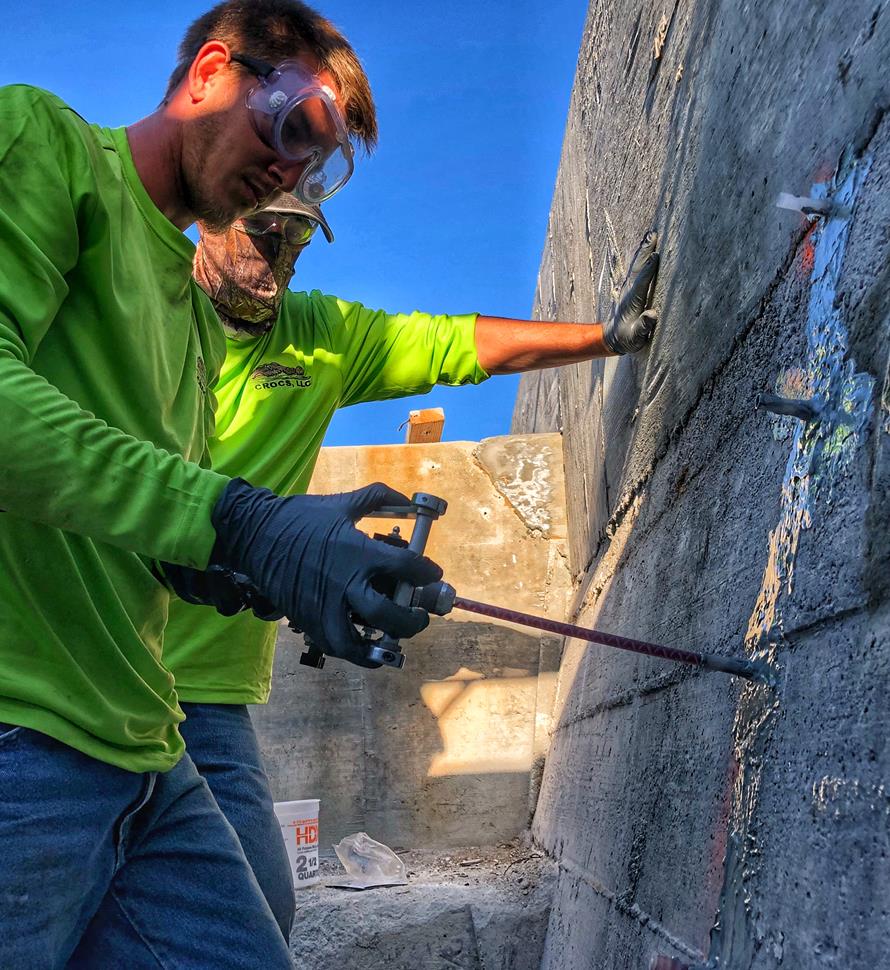
-
Soil Stabilization
Sound concrete relies on a sound substrate. Stabilize soils and fill voids with our polyurethane and acrylate foams and gels. We make chemical grouts for permeation and compaction grouting in wet and dry conditions.
Read More
-
Slab Lifting & Stabilization
Slab lifting and slab stabilization with polyurethane foams offers many advantages over traditional mudjacking. Only Precision Lift is engineered to tackle underlying issues and slab lifting with precise, dependable results.
Read More
-
Floor Repair & Joint Protection
Spalled concrete is concrete that is chipped, cracked and deteriorating. This often happens at a joint.
Read More
-
Seawall Repair
You can repair a seawall or bulkhead with Prime Resins chemical grouts: fill voids, stabilize loose soil and seal leaks at a fraction of the cost of wall replacement.
Read More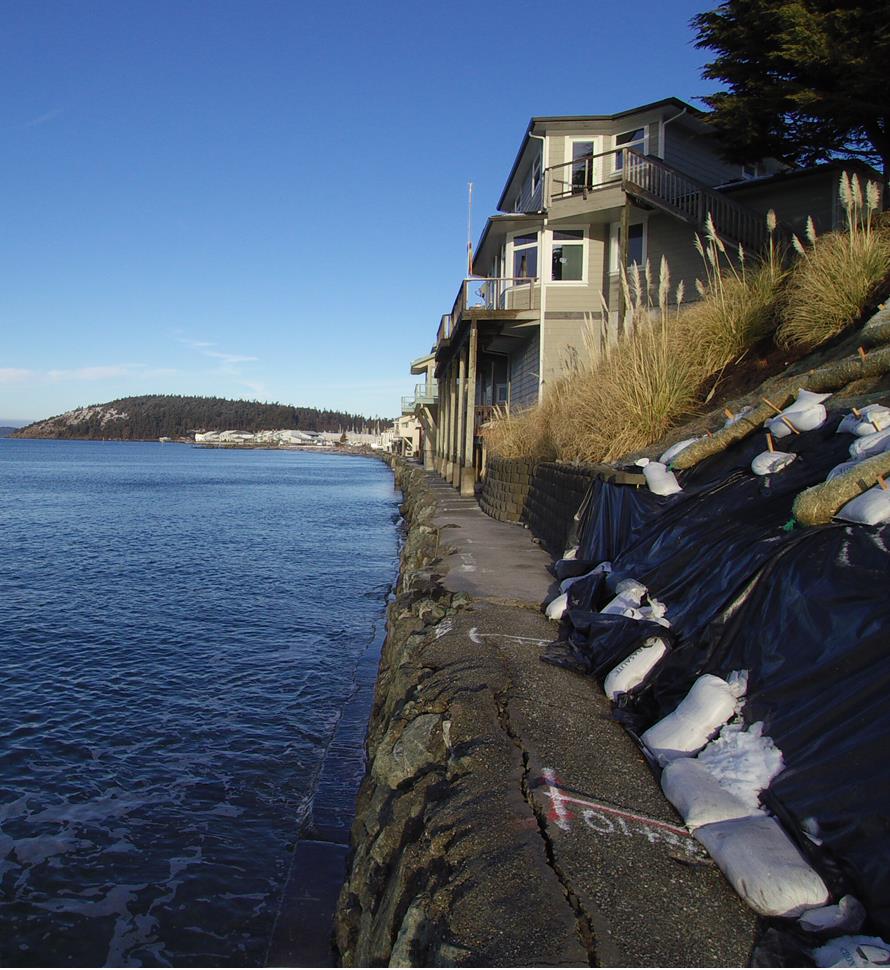
-
Structural Repair / Bonding & Anchoring
The need for crack repair in concrete structures can be caused by many different factors. Damage can occur to the concrete in situations where direct impact puts stress on one area of the structure.
Read More
-
Highway & Bridge
The geotechnical needs of DOTs and other agencies responsible for roads and bridges are vast. Issues include: Culvert repair Soil stabilization Void filling Concrete slab lifting Sinkhole remediation Slope control Slough control in tunneling
Read More
-
Waterproofing & Secondary Containment
Protecting concrete usually means shielding it from the elements of nature or from harsh manmade chemicals. But it’s not just concrete that needs such protection. Corrugated metal pipe, steel surfaces, material hoppers, rail cars and masonry all can come in contact with corrosive or abrasive materials or harsh conditions.
Read More
-
Leak Seal
-
Products
-
Leak Repair
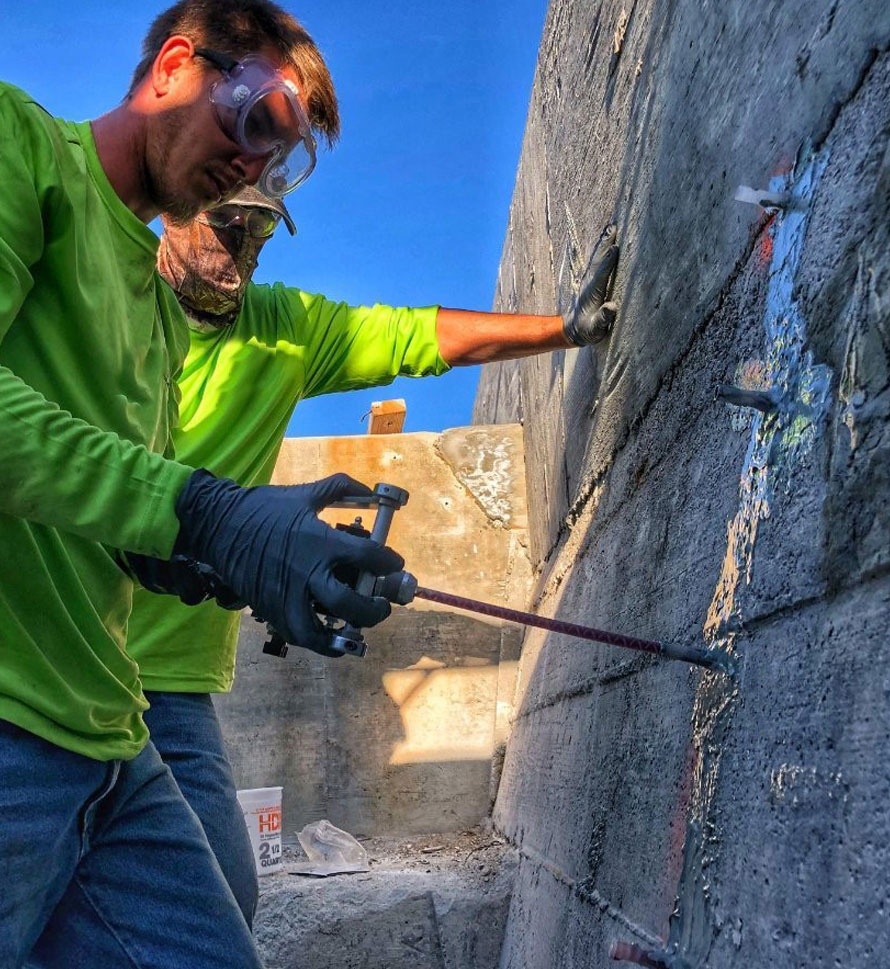
-
Soil Improvement
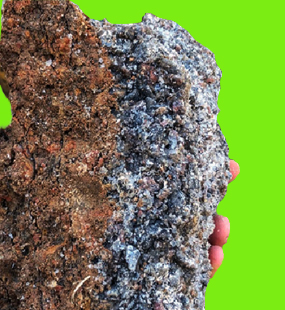
- Soil Stabilization
- Slab Lifting
- Structural Repair / Bonding & Anchoring
- Pumps
- Dispense Guns & Applicators
-
Turnkey Trailer Rig
Are you ready to hit the ground running doing concrete leveling with polyurethane foam? Prime Resins offers the industry’s best suite of products for lifting concrete as a turnkey, fully equipped trailer rig.
Read More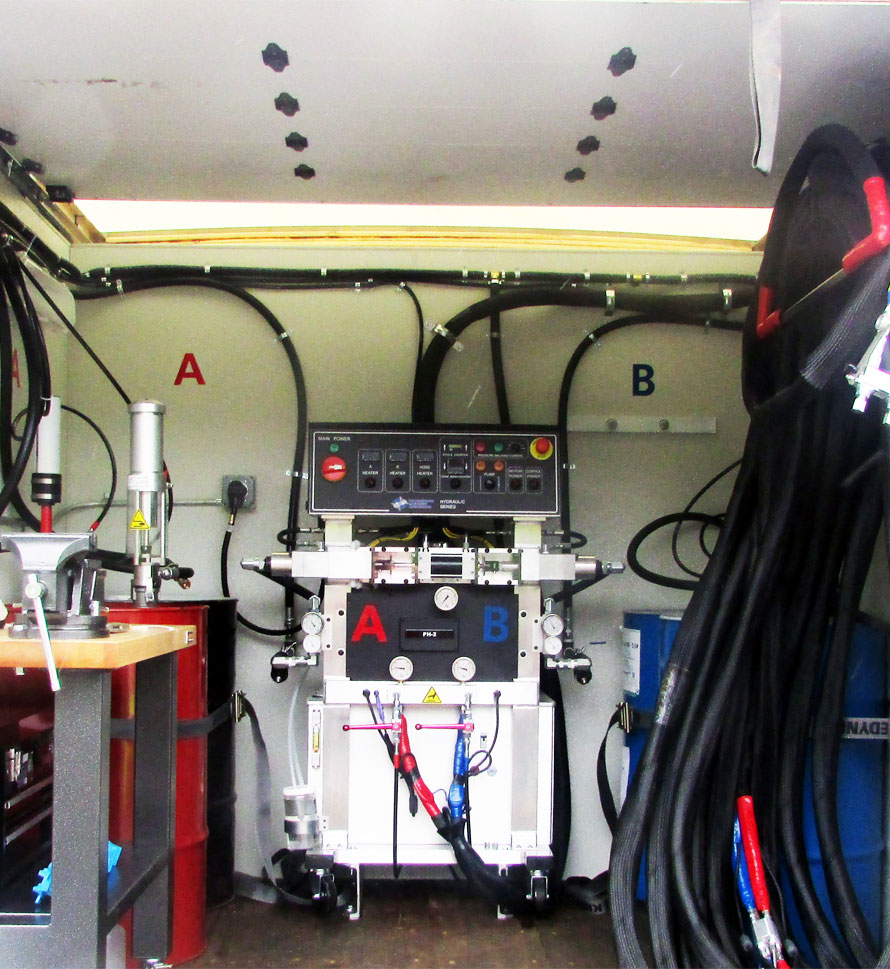
-
Accessories (General)
- 3/4" expendable drive point
- 3/8" and 3/4" soil probes
- Cartridge / Port Connectors and Mixers
- Conduit Seal Kit
- DM500 Divorced Mix Manifold
- Eco Flush
- F Valve
- Flush Wand
- Grout Needle Kit
- High Pressure Control Valve
- High Pressure Mechanical Ports
- Kick Fast
- Low Pressure Plastic Ports
- PR11 TEA (used w/ PR10 ACLM)
- PR12 APSF catalyst (used w/ PR10 ACLM)
- PR17 LYTX
- Prime Kat
- Prime Plug
- Prime Solvent CGC
- Oakum
- Soil pipe jack
- Stainless Steel Grout Needle & Kit
- StainShield
- Wall Stinger Nozzle
-
Soil Grouting Accessories
- Pipe Coupler
- Pipe Coupler Ferrule
- Buttonhead Coupler - Straight
- Buttonhead Fittings
- SG 3/4" Expendable Drive Tip
- SG 3/4 Rod - 39" Base
- SG 3/4 Rod - 39" Connector
- SG 3/4 Rod - 19.5" Base
- SG 3/4 Rod - 19.5" Connector
- SG 3/4 Fitting - Pipe to Buttonhead
- SG 3/4 Fitting - Buttonhead Fitting
- IL 1/2" Drive Point
- IL 1/2" rod - 39" base
- IL 1/2" rod - 39" connector
- IL 1/2" Fitting Buttonhead
- SG 3/4" Fitting - Buttonhead Coupler
- SG 3/4" Slotted Drive Tip
- SG 3/4 Drive Head
- Modified Pipe Jack Soil Grouting
- SG 3/4 Fitting - Buttonhead Coupler
- Pagani DPM30 Penetrometer
- IL 1/2" Fitting - Buttonhead to Connector Rod
- IL 1/2" Rod to Rod Coupler Fitting
- High Pressure Flow Control Valve
- Buttonhead Coupler - 90°
- Buttonhead Clamp Kit
- Floor & Joint Repair
- Waterproofing & Secondary Containment
-
Leak Repair
- News
- Downloads
-
Tools
-
Case Studies
Prime Resins takes pride in its ability to find the right solutions to the problems facing our customers. Here are some examples of customers’ successful jobs:
Read More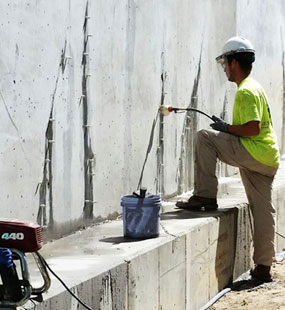
-
Prime Practices
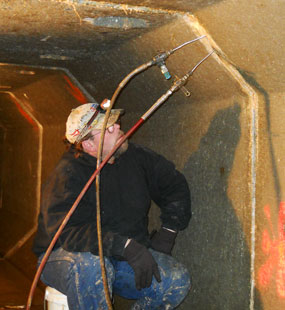
-
Videos

-
Estimating Tools & Info.

-
Why us?
The superior quality of products at a fair price, our consultative approach, and our unparalleled technical support set Prime Resins apart. Learn more about the Prime difference.
Read More
-
Product Types & Typical Uses
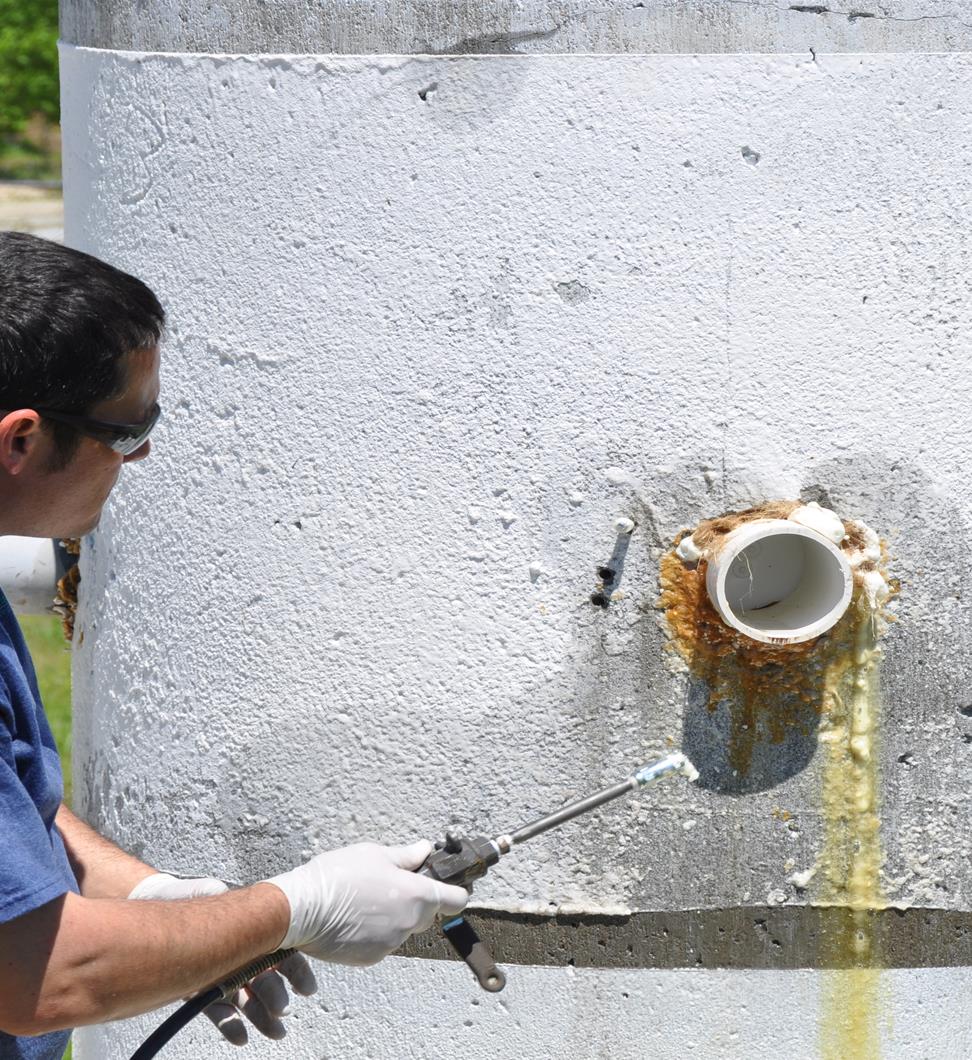
-
Looking for a contractor?
-
Certifications
-
Case Studies
- Contact
Case Studies- Leak Seal Pages
Hydrophilic grout seals tunnel leaks at last
Client: Niagara Parks Commission, Niagara, Ont.
Contractor: Dynamite Contractors, Ontario

Problem: Anyone who takes the Voyage to the Falls Boat Tour on the Ontario side of Niagara Falls goes through a 195-foot-long, 12-foot high pedway tunnel from the elevators to the boat launch. Chances are that if you’ve been on that tour in the last 20 years, you have been dripped on due to multiple cracks in the 20-inch thick concrete ceiling and walls. There were many previous attempts to seal the leaks with chemical grouts, injecting just about every year. Dynamite Contractors, not the previous contractor, was called in to see if they could seal the leaks once and for all.
Grouting a crack that has been injected before can be more problematic than a standard leak repair. This was definitely the case for this job. Based on visual inspection of the site, it appears that the problem with the previous repairs was both the choice of materials and the installation method.
Upon removal of the cementitious surface material, grout technician Bruce Parrott discovered different styles of injection ports still in place that had simply been cut off flush with the patch material. Based on what could be seen with the surface material removed, it appears that the previous contractors had:
1- Drilled the holes improperly—not deep enough and not angled to bisect the leak in many cases
2- Installed low-pressure ports
3- Applied a surface patch
4- Injected a hydrophobic polyurethane resin under low pressure
Problems were numerous. When the crack got very tight, it was easier for the resin to follow the path of least resistance, which resulted in resin flowing between the concrete and the patch material in some places. Not enough material got into the crack, and it is likely based on the ports present that too little pressure was used to force the resin deep enough into the concrete. Upon inspection of the old grout, it was clear that a hydrophobic material had been used. The cured material could easily be peeled off by hand because of the poor bond with the concrete. Hydrophobics repel water in a crack, and the water will act as a bond breaker between the polyurethane foam and the concrete, resulting in low bond strengths. Hydrophobics are not well suited for crack injection.
Learn more: Hydrophilics vs hydrophobics – Which to use and why
Parrott’s procedure:Solution: Dynamite Contractors injected Prime Flex 900 XLV under high pressure with a Titan airless pump to seal the cracks. The 900 XLV is a super low viscosity, hydrophilic polyurethane resin that reacts in the presence of water. The other reason a hydrophilic resin was chosen is for its ability to accommodate thermal expansion and contraction.
1- After removing the surface material, Parrott had to remove the old ports.
“There were places the ceiling looked like Swiss cheese from all those port holes,” said Michael Vargo, senior technical consultant, who was on site. “The old holes were additional paths for resin to travel, so you end up having to plug many holes in addition to the original crack.”
2- Next, starting further away from the original crack, Parrott angle drilled deeper into the crack to get above the old material to create a ceiling of grout.
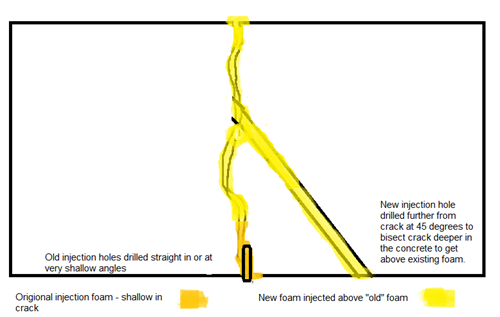
3- He pumped approximately 20 gallons of material to seal 160 linear feet of cracks. At times, the pressure of the new material being injected would blow out a weakly bonded plug of the old material.
4- He dressed out the ceiling: removed the ports, plugged the port holes with patching material, surface coated the treated areas with polymer-modified cementitious material in preparation for painting.
All told, Dynamite spent five days on site for preparation, injection and dress out to finally fix a problem that had plagued the park authority for years.
Outcome: Success. Parrott went back within two weeks and confirmed that all the repairs were dry. After several weeks, all remained dry and the results have far exceeded previous attempts.
